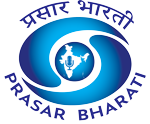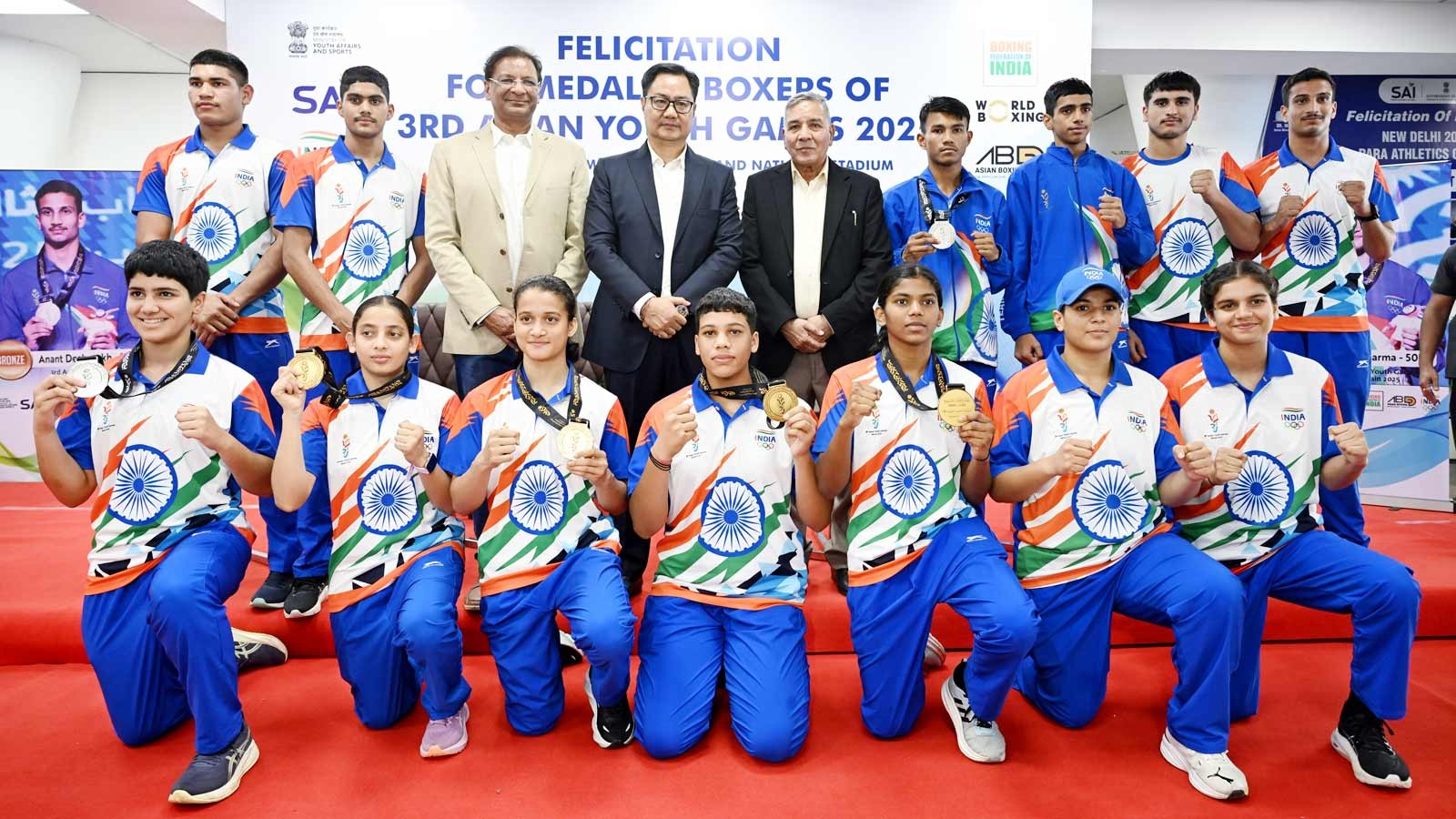India’s young athletes made history at the 2025 Asian Youth Games, delivering the nation’s best-ever performance at the continental multi-sport event. Held from October 22 to October 31, the Games brought together over 4,000 athletes from all 45 Asian nations competing across 26 sports. India’s contingent of 229 athletes, including 107 men and 122 women, supported by 90 officials, showcased remarkable talent, resilience, and inclusivity, finishing sixth overall with a total of 48 medals — 13 Gold, 18 Silver, and 17 Bronze.
The Asian Youth Games, conceived under the Olympic Council of Asia (OCA), were established to nurture young talent aged 14 to 18 years, provide international competitive exposure, and serve as a stepping stone to larger events, including the Youth Olympics. First held in Singapore in 2009 following a unanimous approval by the OCA Executive Board, the Games have evolved into a comprehensive platform for youth development, cultural exchange, and sporting excellence.
India’s journey in the Asian Youth Games has been one of steady progress. At the inaugural 2009 Games in Singapore, India won 11 medals — five Gold, three Silver, and three Bronze — finishing 11th overall. In 2013 at Nanjing, China, India improved its tally to 14 medals — three Gold, four Silver, and seven Bronze — securing 10th place. The 2025 Games in Manama marked a historic leap, with India’s medal haul more than quadrupling the 2009 count and exceeding the 2013 tally by over three times.
Indian athletes delivered exceptional performances across multiple disciplines. The nation dominated Beach Wrestling with three Gold and two Silver medals and added three Gold, two Silver, and two Bronze in Wrestling. Boxing was India’s most successful discipline in terms of Golds, contributing four Gold, two Silver, and one Bronze. In Kabaddi, both the boys’ and girls’ teams remained unbeaten throughout the tournament, clinching Gold in the sport’s debut at the Games.
A remarkable highlight of India’s participation was gender parity. Of the 229 athletes, 122 were female, surpassing their male counterparts. Female athletes accounted for 26 of India’s 48 medals (54.17%) and 9 of 13 Gold medals (69.23%). Out of 77 medal-winning athletes, 46 were female, underscoring the growing strength of young women athletes nurtured through structured support systems and grassroots programs.
The achievements received widespread recognition from the nation’s leadership. Prime Minister Narendra Modi congratulated the contingent, stating: “Our young athletes have scripted history at the Asian Youth Games 2025 with their best-ever performance, winning an impressive 48 medals. Their passion, determination and hard work are clearly visible. My best wishes for their future endeavours.”
The Indian Olympic Association (IOA) announced substantial cash rewards for athletes and coaches to recognize their success: Gold medallists — ₹5 lakh each, Silver — ₹3 lakh, Bronze — ₹2 lakh, fourth-place finishers — ₹50,000, and coaches of medal-winning athletes — ₹1 lakh each. Both boys’ and girls’ Kabaddi teams were awarded ₹10 lakh each for their outstanding performances. IOA President P.T. Usha said, “The Indian Olympic Association takes immense pride in the exemplary performance of our young athletes at the 3rd Asian Youth Games. Their achievements reflect the future of Indian sport, and the IOA remains fully committed to providing every possible support to nurture and develop this emerging talent.”
India’s historic performance at the 2025 Asian Youth Games reflects more than medal counts. It represents systematic improvements in youth sports infrastructure, enhanced coaching quality, better athlete support, and a competitive mindset fostered through initiatives like Khelo India and the Target Olympic Podium Scheme (TOPS), alongside strong support from National Sports Federations.
With the next edition of the Asian Youth Games scheduled for 2029 in Uzbekistan, India’s trajectory indicates that the nation is set to continue strengthening its position among Asia’s sporting elite, with young athletes leading the way.














